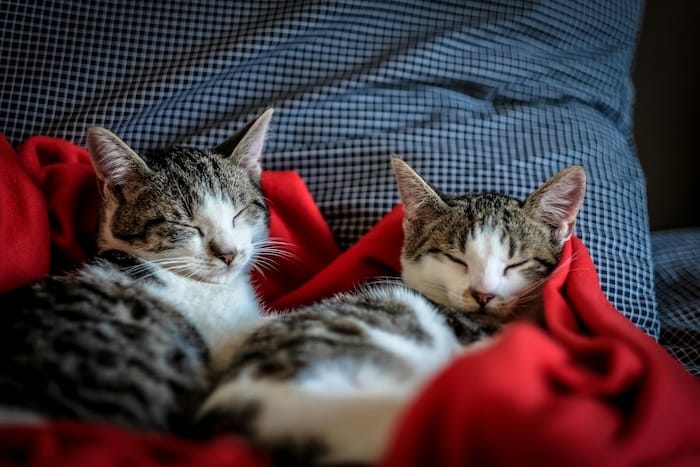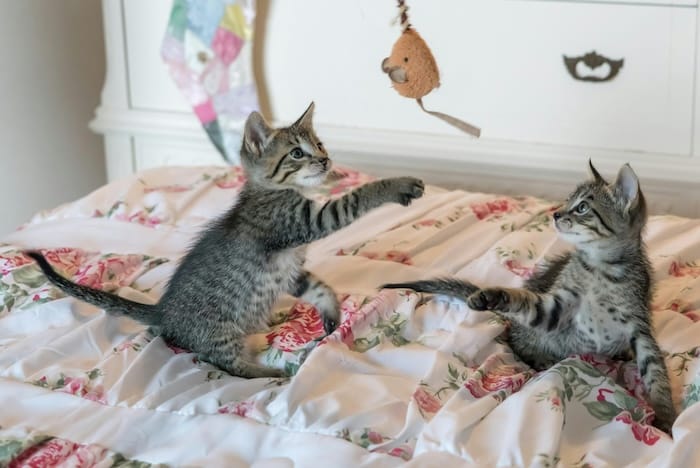For cat lovers, the image of a harmonious multi-cat household brings a smile to their face. Imagine: curled-up cuddle puddles, playful chases through the living room, and gentle head bumps exchanged. But the reality of cohabitation isn’t always sunshine and purrs. Understanding the dynamics of multi-cat households and how cats form social bonds with each other is crucial for fostering a peaceful and enriching environment for all feline residents.

Feline Friendships: Understanding the Dynamics
Cats, often perceived as solitary creatures, can form strong social bonds with other cats. These bonds can manifest through various behaviors, including:
- Allogrooming: This social behavior involves cats grooming each other, strengthening their bond and promoting relaxation.
- Playing together: Playful interactions, like chasing and wrestling, not only provide exercise but also solidify the relationship between cats.
- Cuddling: While not all cats are cuddle bugs, some find comfort and companionship in napping or resting near their feline housemates.
- Shared communication: Pheromones, vocalizations, and body language play a significant role in feline communication, helping them establish their social hierarchy and maintain positive relationships.
Potential Challenges in Multi-Cat Homes
However, introducing a new cat into an existing household can be disruptive, leading to:
- Territorial aggression: Cats are territorial by nature, and introducing a newcomer can trigger this instinct, leading to hissing, swats, and even fights.
- Stress and anxiety: The change in routine and the presence of a new individual can cause stress and anxiety in both the resident cat and the newcomer. This can manifest through hiding, litter box issues, and decreased appetite.
- Resource competition: Food, water bowls, litter boxes, and even perching spots can become points of contention if not adequately managed.

Fostering Positive Inter-Feline Relationships
Creating a harmonious multi-cat environment takes time, patience, and the right approach. Here are some tips:
- Gradual introductions: Introduce the cats slowly in a controlled setting, allowing them to sniff and get accustomed to each other’s scents before full interaction.
- Provide ample resources: Ensure there are enough food and water bowls, litter boxes (ideally one per cat, plus one extra!), scratching posts, and perching areas to minimize competition.
- Create a positive association: Use positive reinforcement techniques like treats and praise during interactions to build positive associations between the cats.
- Accommodate individual needs: Be mindful of individual personalities. Some cats may prefer more space, while others might crave companionship. Provide designated areas for each cat to retreat to if needed.
- Seek professional help: If you encounter significant challenges, consulting a certified animal behaviorist can provide valuable guidance and personalized strategies to create a peaceful coexistence for your feline companions.
By understanding the complexities of feline social dynamics and implementing these tips, you can create a haven where your feline friends not only coexist but thrive in each other’s company, making your multi-cat household a truly purrfect partnership.
